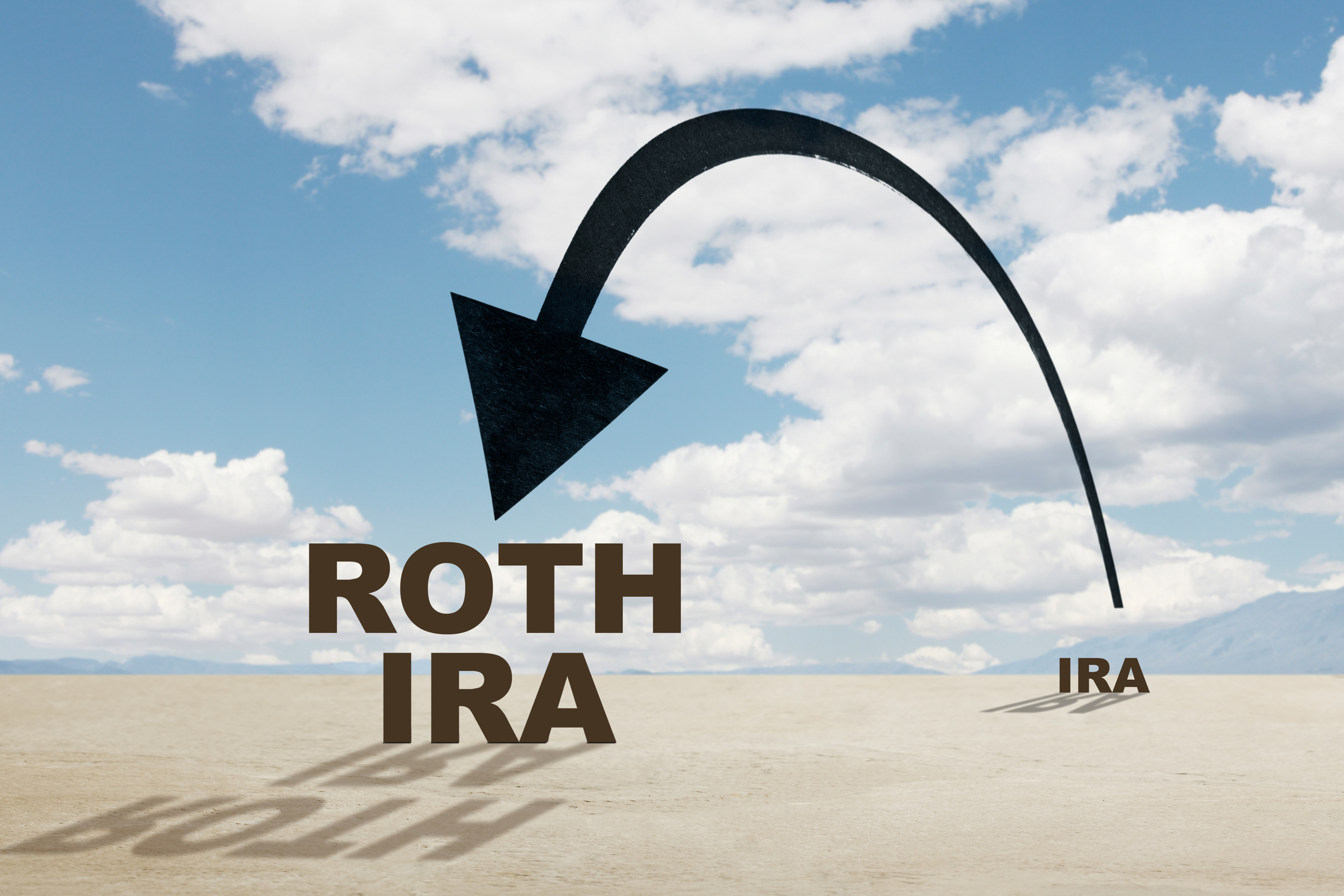Unlock the secrets behind Roth conversions and learn how to maximize your retirement savings while navigating the tax landscape.
Demystifying Roth Conversions: What Are They and Why Consider One?
A Roth conversion involves transferring funds from a traditional IRA or 401(k) into a Roth IRA. This process allows your retirement savings to grow tax-free, and withdrawals during retirement are not taxed, provided certain conditions are met. The primary motivation for a Roth conversion is to take advantage of tax-free withdrawals in retirement, potentially providing significant savings if you expect to be in a higher tax bracket in the future.
Roth conversions can also offer estate planning benefits, as Roth IRAs do not require minimum distributions during the account holder's lifetime. This flexibility can be particularly advantageous for those who wish to leave a tax-free inheritance to their beneficiaries.
Understanding the Tax Implications of a Roth Conversion
When you convert funds to a Roth IRA, the amount converted is considered taxable income for the year in which the conversion occurs. This means you'll owe income taxes on the converted amount, which can significantly impact your taxable income and potentially push you into a higher tax bracket.
It's important to carefully calculate the tax implications of a Roth conversion. For example, if you convert $50,000 from a traditional IRA to a Roth IRA and your current tax rate is 24%, you would owe $12,000 in taxes on the conversion. Understanding your current and projected future tax brackets is crucial in determining whether a Roth conversion is a financially sound decision.
Strategies to Minimize Taxes During a Roth Conversion
One effective strategy to minimize taxes during a Roth conversion is to spread the conversion over several years. By converting smaller amounts each year, you can potentially avoid being pushed into a higher tax bracket. This approach allows you to manage your taxable income and take advantage of lower tax rates.
Another strategy is to time your conversions during years when your income is lower, such as after retirement but before required minimum distributions (RMDs) begin. Additionally, you can utilize tax deductions and credits to offset the tax liability of the conversion. Consulting with a financial advisor can help tailor a strategy that aligns with your unique financial situation.
Timing Your Roth Conversion: Key Factors to Consider
The timing of your Roth conversion can significantly impact its tax efficiency. Key factors to consider include your current and expected future tax rates, income levels, and retirement timeline. Converting when your income is lower can result in paying less in taxes on the conversion amount.
It's also important to consider the impact of market conditions. Converting during a market downturn can be advantageous, as the value of your investments may be lower, resulting in a smaller tax bill. Additionally, converting earlier in the year provides more time for your investments to grow tax-free within the Roth IRA.
Common Mistakes and How to Avoid Them When Converting to a Roth IRA
One common mistake is failing to account for the additional taxable income generated by the conversion, which can lead to underestimating your tax liability. This oversight can result in unexpected tax bills and potential penalties. To avoid this, carefully calculate the tax impact and consider setting aside funds to cover the tax liability.
Another mistake is not understanding the rules and deadlines associated with Roth conversions. Missing key deadlines can result in penalties and additional taxes. Staying informed about the latest IRS regulations and working with a financial advisor can help you navigate these complexities and avoid costly errors.




